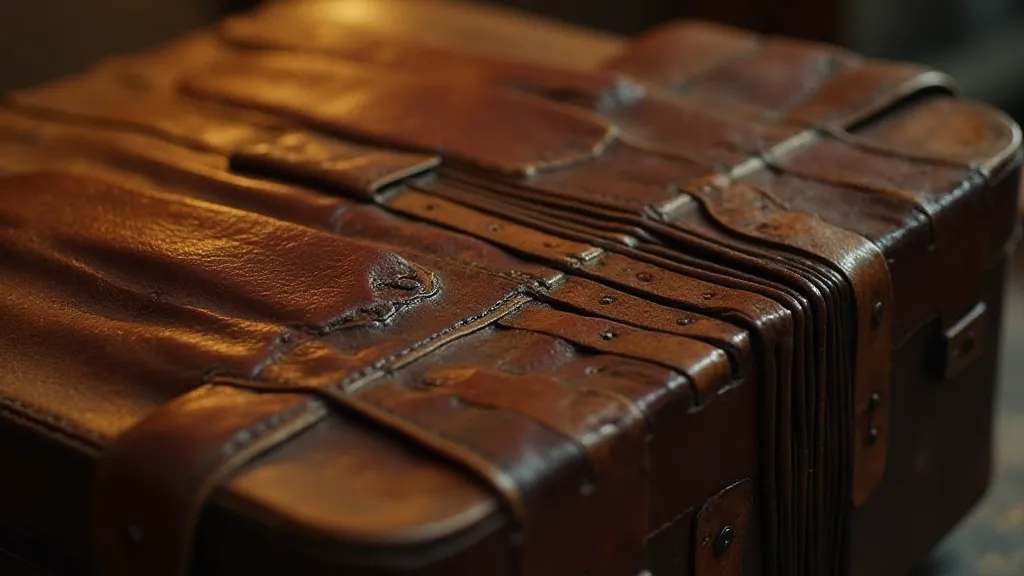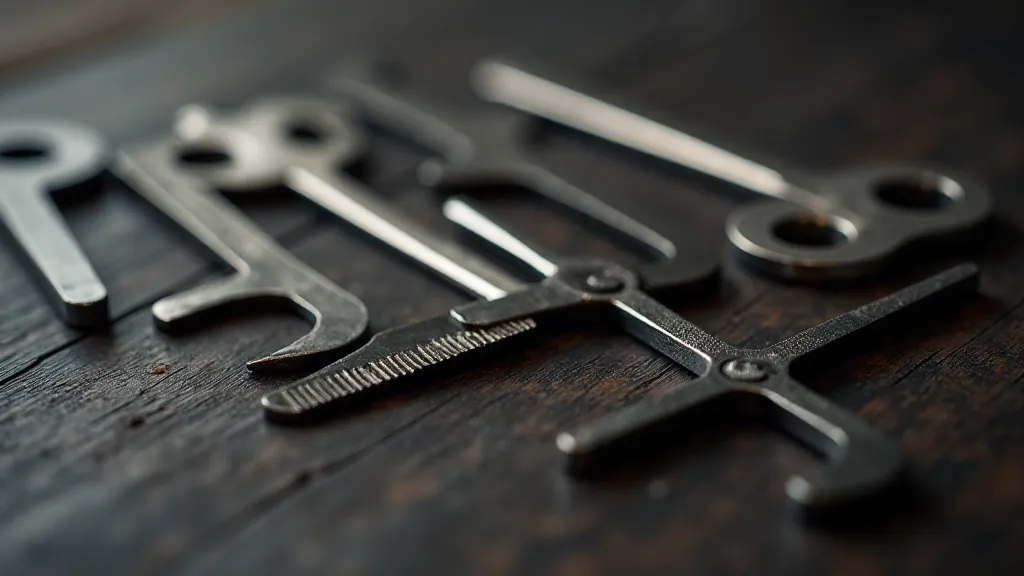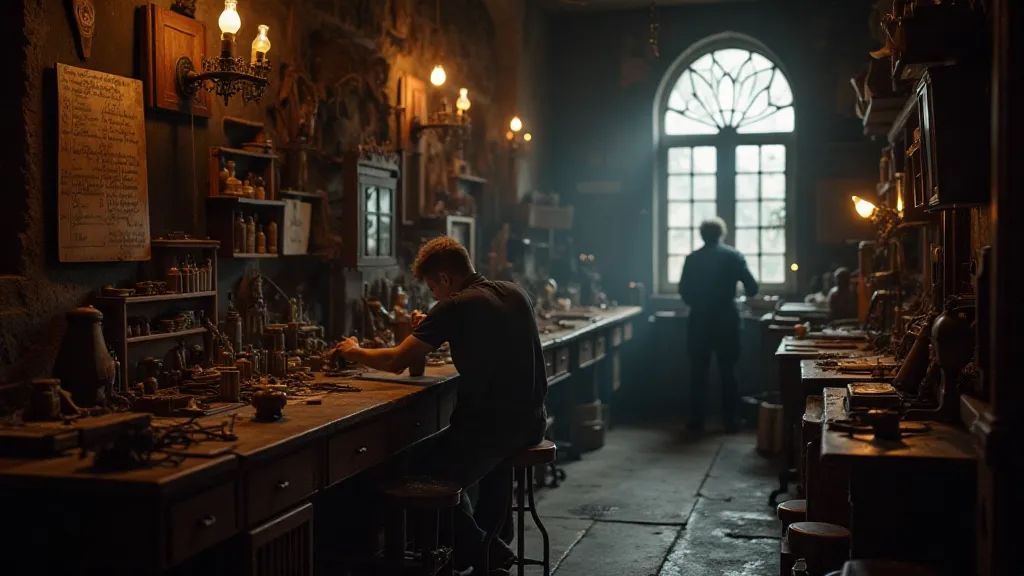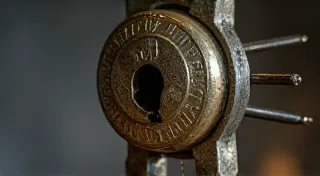The Geometry of Interference: Disruption as Discovery
There’s a quiet poetry to disruption. Not the destructive kind, but the kind that reveals hidden structures, exposes unexpected truths. I learned this not in a classroom, but hunched over the intricate workings of an antique accordion, and later, in the delicate dance of manipulating a lock's internal mechanism. Both, at their core, are about understanding how seemingly minor alterations – a slight shift in bellows, a subtle angle of pressure – can drastically alter the whole. The accordion, a marvel of bellows and reeds, and a lock, a testament to precision engineering, share this underlying principle: everything is interconnected; everything influences everything else.
My grandfather, a taciturn man of few words, possessed a small collection of antique accordions. They weren’t grand concert instruments, but humble, working-class companions; instruments played in smoky dance halls and lively gatherings. He’s the one who first instilled in me an appreciation for their complexity. He's meticulously preserved them, understanding the beauty and delicate mechanics. I’d spend hours watching him, mesmerized as he repaired a torn bellows, patiently adjusting the tension of a reed, or carefully cleaning the aged keys. He never explained *how* he did it, just did it with a focused intensity, a respect for the object that bordered on reverence. He saw not just an instrument, but a story; a history etched into the wood, the metal, the very fabric of the bellows.

The act of repairing an accordion isn’t just about replacing parts; it’s about understanding the relationship between them. A slightly misaligned reed, a poorly sealed valve – these seemingly insignificant details can throw the entire instrument out of tune, impacting its sound and playability. Correcting these issues isn't about brute force, but about precise intervention, a tiny adjustment here, a subtle tightening there. It's a lesson in how small disruptions, skillfully applied, can unlock profound improvements.
This philosophy, this understanding of delicate influence, transferred unexpectedly to another field: lock picking. It wasn't born of malice or a desire to circumvent security; quite the opposite. It began as a pure intellectual curiosity, a fascination with the engineering behind a seemingly simple device. Like the accordion, a lock isn't just a collection of metal parts; it's a carefully choreographed system of levers, springs, and pins, all designed to resist unauthorized entry. The challenge isn't about forcing it open, but about understanding its inner workings and gently guiding it to release.
The Science of Resistance
The security tools themselves – picks and tension wrenches – appear rudimentary, almost primitive. Yet, their effectiveness hinges on a surprisingly sophisticated understanding of mechanics. A pick isn't simply a piece of metal shaped to resemble a key; it's a precision instrument, carefully designed to manipulate the individual pins within the lock cylinder. Similarly, the tension wrench provides the necessary friction to keep the pins in place as they are lifted.
The first few attempts are often frustrating. You feel the resistance, the subtle clicks of pins failing to set. But it’s in these moments of perceived failure that the real learning begins. You start to pay attention to the nuances: the amount of pressure applied, the angle of the pick, the feel of the cylinder rotating. You begin to understand that each pin is unique, with its own level of friction and tolerance. You start to appreciate the skill of the lock manufacturer, the precision that went into creating a device designed to be resistant to tampering.
Think about it: a standard pin tumbler lock has five or six pins. Each pin must be raised to the correct height to allow the cylinder to rotate. This requires a delicate balance of tension and manipulation. Too much tension, and the pins bind; too little, and they fall back down. It’s a dance, a subtle interplay of force and resistance. And just like with the accordion, it's about *feeling* the mechanism, understanding its subtle language.
Disruption & Discovery: A Delicate Balance
The act of picking a lock isn't about destruction; it’s about disruption. It's about introducing a controlled interference into a precisely engineered system, observing the response, and adjusting your approach accordingly. You're not trying to break the lock; you're trying to understand it. The very act of disruption—introducing a slight alteration—reveals the internal structure.
This mirrors the principles of restoration I learned from my grandfather. A bellows, weakened by age, might not simply be replaced. Sometimes, a clever reinforcement, a carefully applied patch – a minor disruption – can breathe new life into the instrument, preserving its originality and character. A restored accordion isn't pristine; it bears the marks of its history, but it plays again, its music echoing through the years.
The security tools themselves are fascinating. Consider the evolution of lock picking tools – from simple hairpins and paperclips to specialized picks crafted from hardened steel. Each iteration represents a refinement of understanding, a deeper appreciation for the intricacies of the lock's internal mechanism. It’s a testament to human ingenuity, the relentless pursuit of both security and circumvention.

Ethical Considerations
It's crucial to acknowledge the ethical dimensions of lock picking. The skills and knowledge acquired should never be used for illegal or unethical purposes. Lock picking should be pursued solely for educational and recreational purposes, always with the owner's permission. Respect for security is paramount. Understanding how something works doesn't give you the right to misuse that knowledge. The same applies to antique instruments; respecting their history and originality should guide any restoration efforts.
Beyond the Mechanism
The geometry of interference isn’s confined to accordions or locks. It’s a principle that resonates across countless fields, from music to engineering to even interpersonal relationships. It reminds us that small changes can have profound effects, that understanding the delicate interplay of forces is essential for achieving desired outcomes. It’s a lesson in observation, experimentation, and a deep appreciation for the intricate beauty of the world around us. And in a world often obsessed with brute force, it's a quiet reminder that sometimes, the most elegant solutions are found not in overpowering resistance, but in understanding it, and gently guiding it to a new state.






